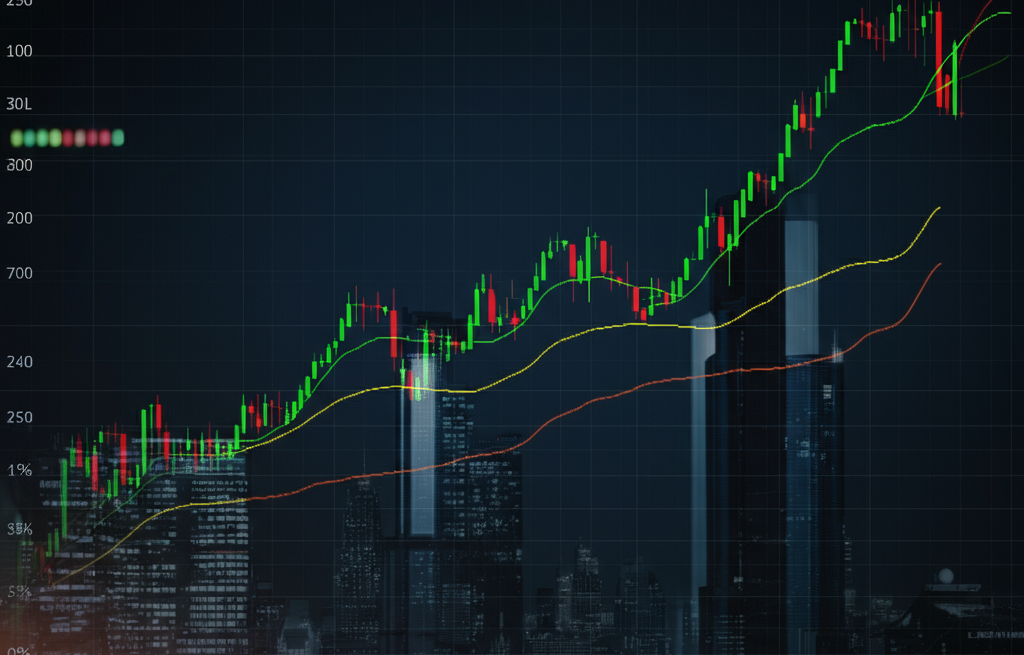I recently came across an article discussing how some CEOs are shifting their focus from empathy to productivity. During the pandemic, businesses adopted transformative measures like remote work to support employees, fostering a leadership style centered on flexibility and compassion. This marked a shift toward a more human-centric workplace. However, as we move past the crisis, some CEOs suggest it’s time to return to emphasizing performance and productivity, viewing the era of “workplace niceness” as a temporary response to extraordinary circumstances.
Is this shift a natural progression in leadership philosophy, or is it a response to growing pressures on businesses? Organizations are navigating a rapidly changing landscape, with AI revolutionizing workflows and driving efficiency. Agile startups, unburdened by legacy systems, are leveraging these advancements to gain a competitive edge over traditional players. But what’s truly driving the push toward productivity? And how can employees adapt without being overwhelmed by the relentless pace of change in both technology and leadership styles?
Challenges CEOs Face
Here are five key pressures shaping modern leadership:
1. The Impact of Technology on the Workforce
As AI and automation advance, they’re transforming how businesses operate. While these tools enhance efficiency, they also raise concerns about job displacement and the need for new skills. Leaders must address these challenges thoughtfully, ensuring employees feel prepared and confident in an increasingly automated workplace.
2. The Role of Empathy in Leadership
Some argue empathy is no longer a priority in leadership, while others maintain it’s essential for building strong, effective teams. Empathy enables leaders to connect with their employees, understand their struggles, and foster a culture of trust and collaboration. Achieving the right balance between driving results and valuing people is critical for long-term success.
3. Balancing Productivity and Employee Well-Being
Productivity is vital for staying competitive, but it shouldn’t come at the cost of employee well-being. With burnout on the rise due to constant performance pressures, leaders must find ways to meet business goals without sacrificing the health and morale of their teams. After all, no company can afford to lose top talent to exhaustion or dissatisfaction.
4. Shifting Expectations of Younger Generations
Millennials and Gen Z are redefining workplace norms with fresh values and priorities. They seek work-life balance, flexibility, and purpose-driven careers, challenging leaders to rethink traditional approaches. Empathy can help bridge generational gaps, ensuring diverse needs are met and fostering a more inclusive workplace.
5. Navigating a Post-COVID Workplace
As businesses adapt to a post-pandemic reality, leaders face tough choices about work models. While some are eager to return to pre-pandemic norms, others recognize the value of hybrid or flexible arrangements. Striking the right balance between employee preferences and business productivity is key to crafting a sustainable way forward.
Why Ignoring Empathy is Risky
As workplaces evolve, neglecting empathy can have serious consequences, including:
- Employee Disengagement: When employees feel undervalued or misunderstood, they’re more likely to disengage, leading to lower productivity, higher turnover, and a weakened organizational culture.
- Decline in Creativity and Innovation: Empathy fosters psychological safety, encouraging employees to share ideas and take risks. Without it, creativity and innovation may suffer, leaving companies less competitive.
- Mental Health Challenges: Relentless performance pressures without adequate support can harm employee mental health, leading to burnout, anxiety, and other issues. Prioritizing empathy not only helps employees thrive but also drives sustainable productivity and success.
Balancing Empathy with Productivity
While empathy is crucial in leadership, overemphasizing it can sometimes lead to complacency and hinder growth. Striking a balance between empathy and productivity is essential for fostering both employee well-being and organizational success. Here are actionable ways leaders can achieve this balance:
- Cultivate a culture of open communication: Encourage employees to share their concerns and ideas without fear of judgment. Open dialogue helps leaders understand team needs and motivations more effectively.
- Prioritize mental health and well-being: Provide resources like flexible work arrangements, wellness programs, and access to mental health services to ensure employees can maintain balance and resilience.
- Set clear expectations and goals: Clearly defined objectives help employees understand what’s expected of them while reinforcing their value and support within the organization.
- Lead by example: Demonstrate empathy by actively listening, acknowledging contributions, and offering support when needed. A leader’s actions set the tone for a positive workplace culture.
- Leverage technology responsibly: While technology can boost efficiency, leaders must also consider its impact on employees. Strive for a harmonious balance between automation and human input, and provide proper training to help employees adapt to new tools.
True empathy goes beyond surface-level gestures. It involves listening, fostering inclusivity, and implementing policies that prioritize employee well-being. Leaders who combine empathy with a focus on productivity create an environment where employees feel valued and motivated to achieve their best.
How Employees Can Adapt to Change
For employees, navigating the challenges of balancing empathy and productivity can feel daunting. Here are some strategies to maintain focus and resilience in the face of change:
- Adopt a growth mindset: Instead of fearing change, embrace it as an opportunity to learn and grow. Adapting to new technologies and leadership styles can lead to personal development.
- Take initiative: Proactively communicate concerns or ideas with leaders and seek opportunities for professional growth. Advocacy and self-direction can help employees thrive.
- Prioritize self-care: Protect your physical, mental, and emotional health by setting boundaries, taking breaks, and seeking support when needed. A healthy employee is a productive employee.
Remember, an organization’s success is inherently tied to the success of its employees. By embracing change and balancing empathy with productivity, employees play a critical role in driving sustainable growth.
A Collaborative Effort for Sustainable Success
Creating a workplace that values both empathy and productivity requires collaboration between leaders and employees. Through this shared effort, businesses can cultivate a more engaged, motivated, and successful workforce.
The growing emphasis on workplace empathy need not conflict with advancements in technology. Instead, it should evolve alongside these innovations, creating a future where businesses thrive through both people and progress. As leaders, it is our responsibility to prioritize employee well-being without sacrificing business goals. By continuously adapting and evolving our leadership approaches, we can cultivate work environments where empathy and productivity coexist harmoniously, ensuring long-term success for both employees and organizations.
Click here for a post on why there are hidden costs to a toxic workplace.





